Does Cadillac Super Cruise Self-Driving Technology Actually Work?

Perhaps I’m too trusting, but it only took me about three minutes to go from hands hovering over the steering wheel to leaning back in the driver’s seat with my arms crossed. Cadillac’s Super Cruise system is so good that it builds driver confidence almost immediately.
Autonomous cars are the modern automotive industry’s holy grail, with practically every manufacturer and supply house feverishly developing the technology needed to build them. But while rivals are still in the laboratory, Cadillac has leapt ahead.
In broad terms, Super Cruise is a self-driving technology that allows a vehicle to essentially control itself without requiring the driver’s hands to be on the wheel or feet on the pedals. It enables a car to accelerate, steer and stop all on its own in certain situations, emphasis on certain situations. No, you can’t put a destination into the navigation system and then take a nap or hop in the back seat to play a game of bridge, at least not yet.
“That hands-off feature is what really separates us,” said Daryl Wilson, lead development engineer of Cadillac Super Cruise. “And I think it’s a real benefit to the customer.”
Testing it in the real world, Cadillac invited us to experience Super Cruise firsthand on a coast-to-coast road trip. Twelve CT6 sedans were driven from the company’s headquarters in New York all the way to Los Angeles, California, a cross-country trek through 16 states.
I participated in two legs of this journey, traveling roughly 1,200 miles (1,931 km) from Memphis, Tennessee, to Santa Fe, New Mexico. I had plenty of time in the driver’s seat during this trip across America’s heartland, which proved to be the perfect place to test it.
Four Key Differences
Separating Super Cruise from rival systems on the market are four key technologies. Perhaps most importantly, it’s geo-fenced, only operating on limited-access, divided highways, basically roads with medians as well as on- and off-ramps.
At first, this sounds like a major shortcoming and even Wilson admitted to being skeptical when he joined the program. “I thought that was going to be a big constraint for us,” he said. But Cadillac was wise to limit it like they did. “I think for this type of feature, that is, by far, the place that it provides the most benefit to the customer,” noted Wilson, since long-haul interstate trips or slogging through rush-hour congestion are almost never enjoyable. Yes, Cadillac Super Cruise even works in heavy stop-and-go traffic.
Beyond being geo-fenced, Cadillac has plotted every inch of limited-access, divided roadway in the U.S. and Canada, some 210,000 miles (338,000 km) in total. Let that sink in for a moment; they have basically digitized every mile of highway north of the Mexican border.
With a wealth of knowledge about all the stretches of pavement Super Cruise can be used on, the system is aware of curves, barriers, elevation changes and interchanges that lie ahead. Obviously, this was no easy feat. “It took us three years to map all those roads,” said Wilson.
Ensuring a car that’s equipped with this system knows exactly where it is, improved GPS is also utilized. It’s eight times more precise than what’s commonly available today, accurate to less than two meters, meaning the vehicle can even identify which lane it’s traveling in.
ALSO SEE: 2017 Cadillac XT5 Premium Luxury Review
The final building block of this technological puzzle is an attention monitor. Fixed on the steering column is an infrared camera that tracks the driver’s face; it can even identify where they’re looking, so don’t think you can glance down at your smartphone to compose a lengthy e-mail. Distract yourself for too long and the car will politely remind you to be pay attention. Since this infra-red camera operates in the non-visible spectrum, it works perfectly well at night or while wearing most sunglasses. This is to ensure drivers are ready to take control quickly if needed.
Green Means (Let) Go!
A significant step on the road to full autonomy, Super Cruise is not a set-it-and-forget-it solution. As Wilson said, “The driver needs to be engaged with the vehicle, ready to take over at all times.” You may not need to use your hands or feet for hours on end, but you’ve still got to be looking ahead and ready to react.
As I learned shortly after we crossed into Arkansas, construction zones can be tricky for the system to handle, with their irregular lanes and often haphazardly arranged orange barrels. Likewise, you have to manually steer around debris on the road, which I did when we encountered a mangled tire scrap somewhere in Oklahoma. Also, inclement weather like rain and snow can throw it for a loop.
When you’re on an approved stretch of highway and the vehicle’s onboard sensors can see the road lines, an icon pops up in the instrument cluster. When this is visible, you simply hit the Super Cruise button on the steering wheel and it takes over.
Beyond this, there’s an LED bar mounted on the wheel’s rim. When Super Cruise is active, it lights up green, but this array also serves as an alert system. If you’re not paying attention, typically after glancing away for about 10 seconds, it starts to flash. Simply look back at the road ahead and it goes solid green again, no harm, no foul.
But should you ignore this initial warning for too long, the lights flash red and the car alerts you further, either through an audible chime or a vibration in the driver’s seat. Continue being distracted and the vehicle assumes you’ve been incapacitated, activating the hazard lights, calling OnStar and gradually bring itself to a stop. No, you don’t want to do this.
Naturally, if the vehicle can’t continue driving on its own because it doesn’t have absolute confidence it in its current situation, it alerts you to take over, which is why you always have to be paying attention. This happened a couple times while I was driving, once while navigating a poorly marked curve that had an exit ramp at the outer corner.
One thing Super Cruise cannot do is change lanes; this requires manual intervention. Once you start steering, the system pauses itself and the light bar turns blue, indicating you’re in control. After you’ve completed said maneuver and you’re no longer applying any torque to the tiller, the car takes two or three seconds to find its bearings and then Super Cruise seamlessly resumes.
Astonishingly Good
According to Wilson, in one form or another, Cadillac has been developing Super Cruise for about five years. Clearly, Cadillac took its time and did things right because this system is good, astonishingly good.
Except for certain challenging situations, you can drive for hours at a stretch and never touch the steering wheel. If conditions are favorable and you’re paying attention, it’s an absolutely seamless and nearly effortless experience.
In fact, there were only a handful of instances where I had to intervene, and this was typically in areas that were either under construction or where road improvements had recently been completed. Additionally, when the sun is at a low angle in the morning and evening hours, glare can make it hard for the driver monitor to see your face, but this was a minor issue and only while traversing New Mexico at dusk.
Super Cruise isn’t perfect, though it’s probably the best self-driving technology available today. But what about once it’s in the hands of general consumers? Someone is going to figure out how to trick the system. “Nobody is kidding themselves that there’s not going to be incidents,” said Wilson. “But, you know, limiting it for highway-use only, [the] driver-attention system, there’s a number of things that we’ve done to minimize the potential that those incidents are severe.”
Furthermore, Wilson noted, “We believe we’ve done the due diligence from a validation and verification standpoint. We’ve driven every mile that we’ve mapped and the vehicle can operate on, we’ve gone back through and done verification testing with instrumented vehicles to understand the car’s capability in those situations under various conditions.” This exhaustive back-end work is evidenced by this technology’s impressive real-world performance.
Available Right Now
Currently, Super Cruise is only available in the 2018 Cadillac CT6 sedan. It’s standard on Platinum models or included in a $5,000 ($5,750 Canadian) options package on Premium Luxury versions of the car where it’s bundled with night vision, automatic emergency braking, and 20-inch wheels.
Still, it’s not hard to imagine this system quickly migrating to other Cadillac nameplates and GM divisions in short order, though the company is not commenting on future plans. I say put it in everything right away, a statement I have ample confidence in, just like Super Cruise.
Watch Craig Cole demonstrate Cadillac Super Cruise in this Facebook video below, which was broadcast live during his drive:
Discuss this story on our Cadillac Forum

Born and raised in metro Detroit, Craig was steeped in mechanics from childhood. He feels as much at home with a wrench or welding gun in his hand as he does behind the wheel or in front of a camera. Putting his Bachelor's Degree in Journalism to good use, he's always pumping out videos, reviews, and features for AutoGuide.com. When the workday is over, he can be found out driving his fully restored 1936 Ford V8 sedan. Craig has covered the automotive industry full time for more than 10 years and is a member of the Automotive Press Association (APA) and Midwest Automotive Media Association (MAMA).
More by Craig Cole



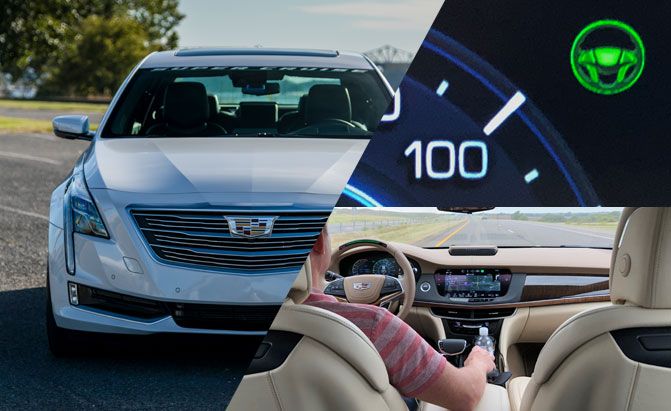





















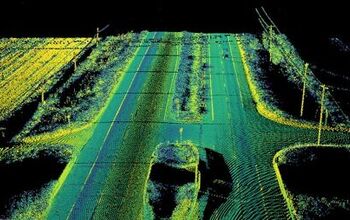
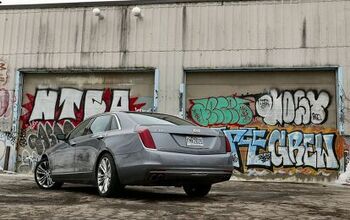
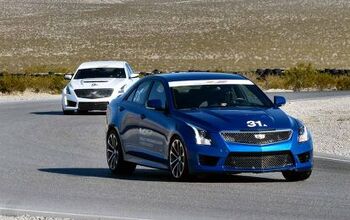
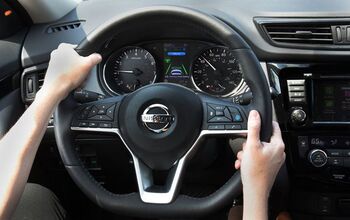
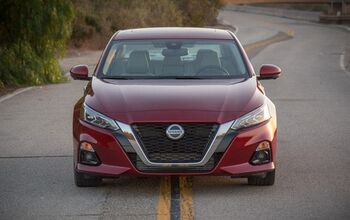


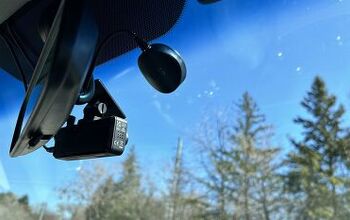

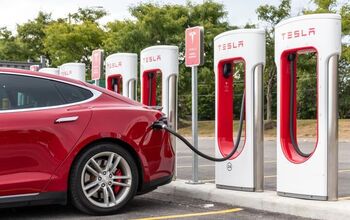
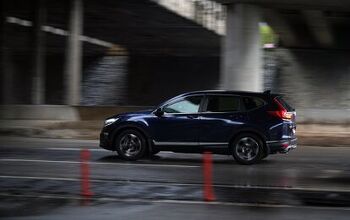

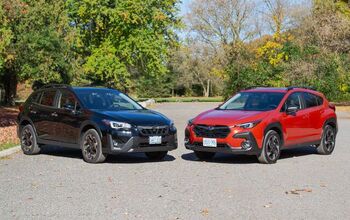

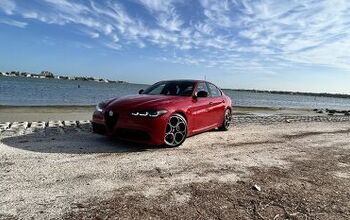
Comments
Join the conversation